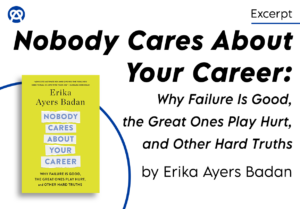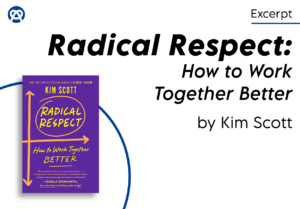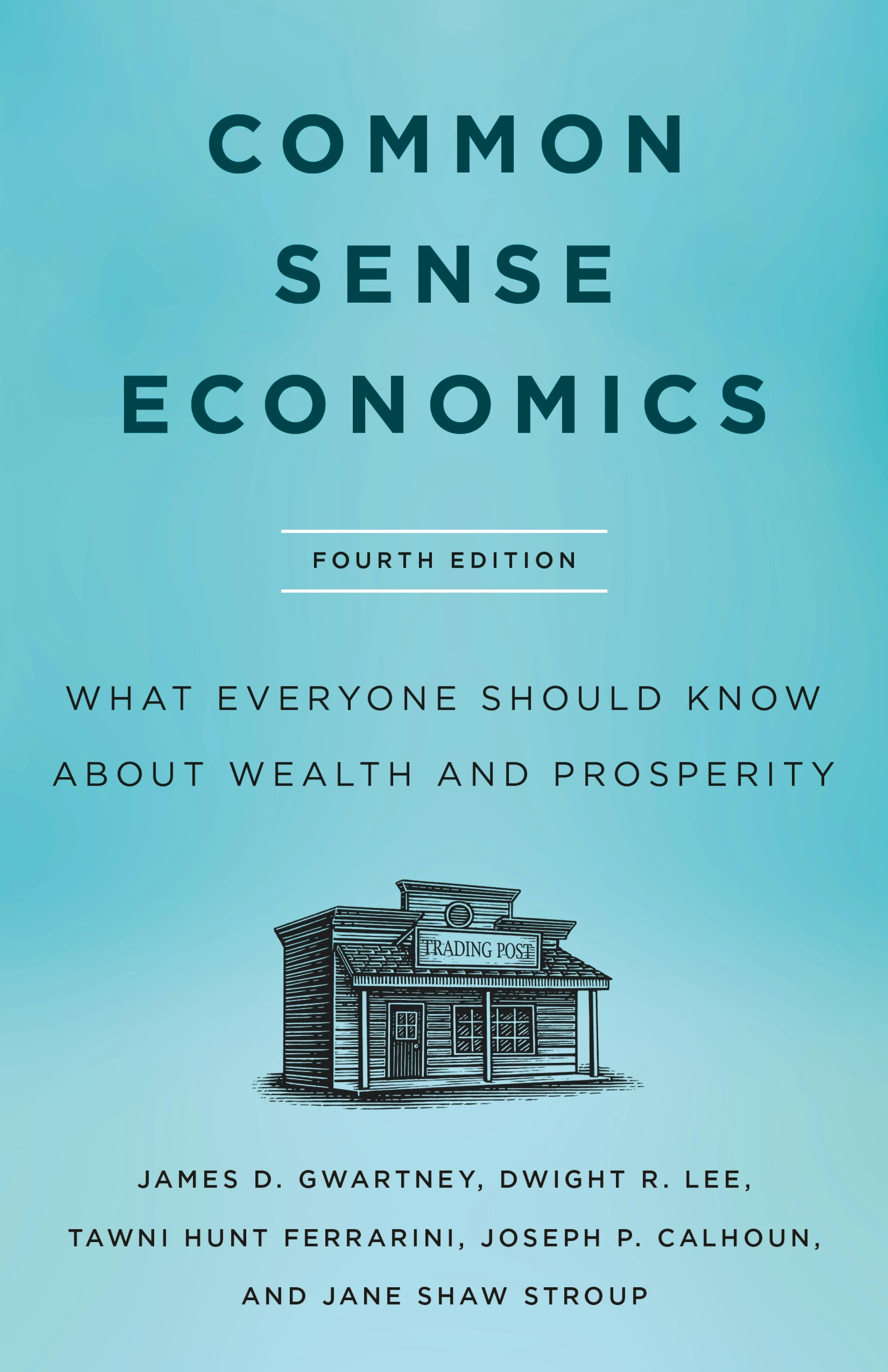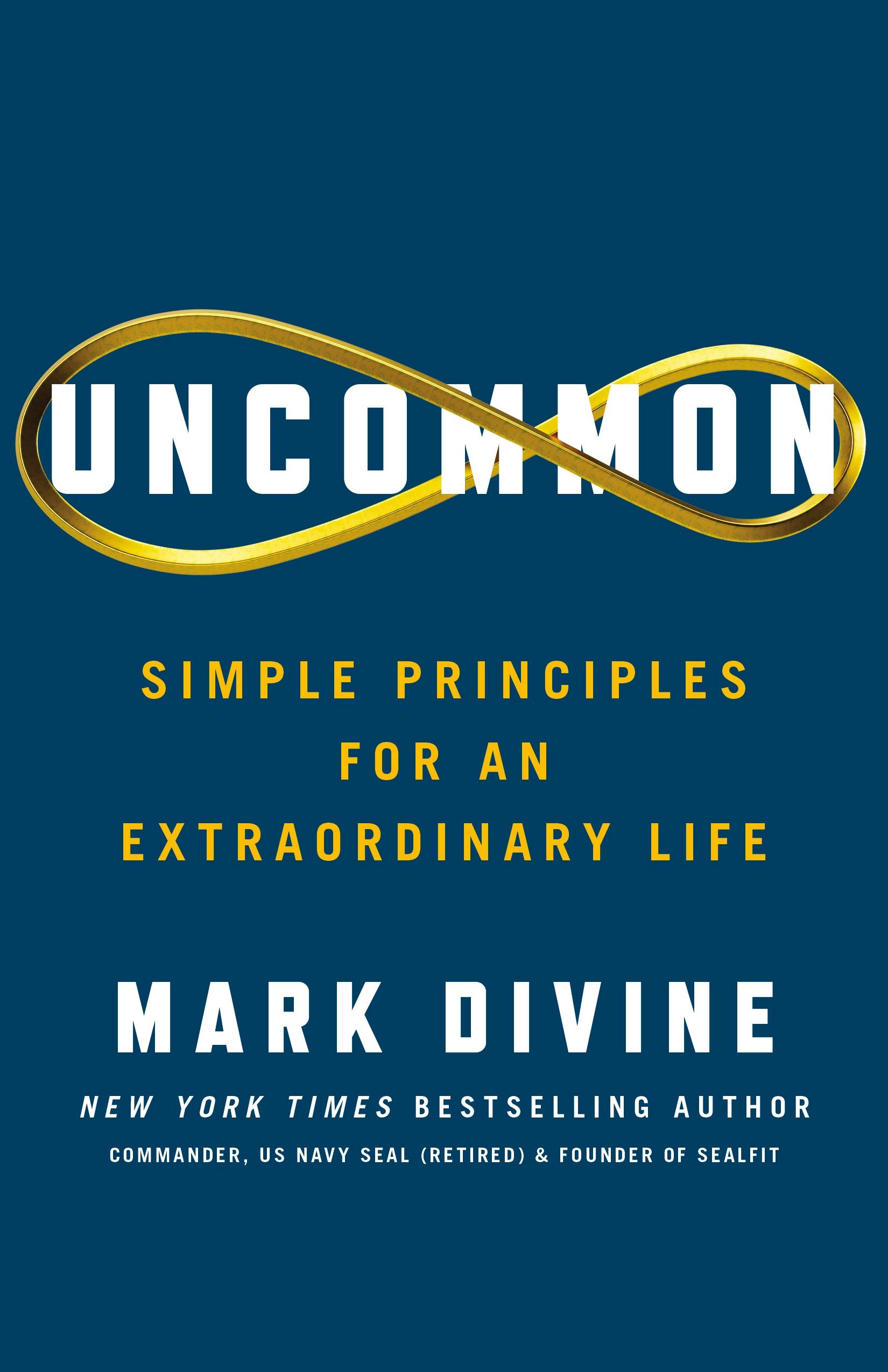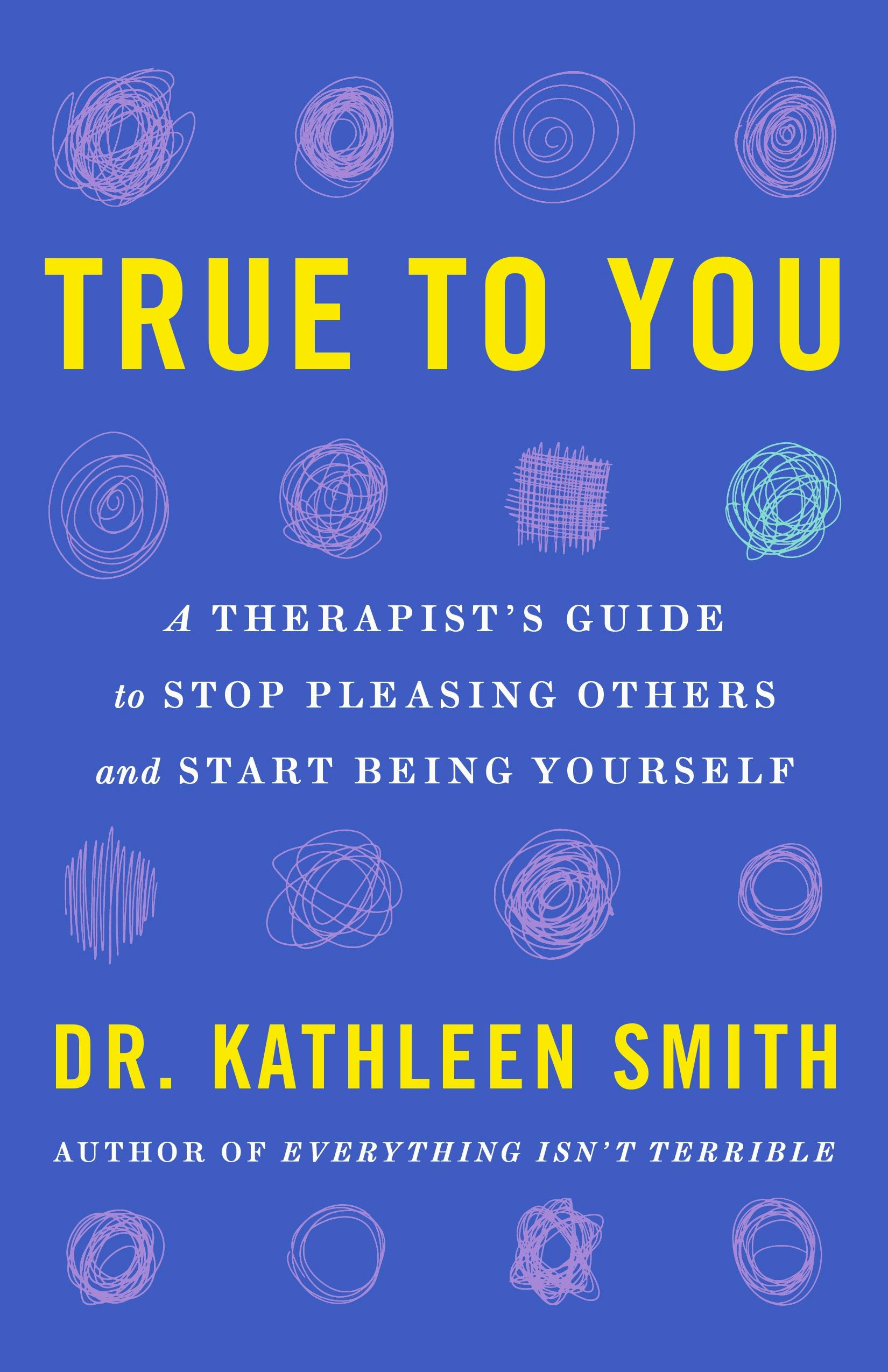
I never intended to become an author, and certainly not an author about a time management method. This lack of intention is ironic, as we shall see.
The catalyst was a Harvard Business Review article I read 10 years ago about merging the calendar with the To-Do list. This concept grabbed me straight away (I was pretty disorganized, frankly, back then), and for five years I diligently applied it to my daily routine. I became more productive, better to work with, and more in control. I then wrote about this positive experience in my own article for HBR.
In 2022, that article inspired someone (not me!) to create a TikTok video that amassed 10 million views. Among those viewers was Penguin Random House who approached me to write a book on the subject, and we agreed a deal in January 2023. St Martin’s Press secured the rights in the US and Canada and translation rights have been sold in over 30 languages around the world.
Writing Timeboxing: The Power of Doing One Thing at a Time, from February to May 2023, was a glorious experience. By timeboxing every element of it, I maximized my creativity, kept a strong sense of control and never got behind schedule.
We’re all writers, really
Writing is an intrinsic part of all our lives. We start that journey early, writing short stories and essays at school as pupils and students.
Then, when we grow up, writing becomes a cornerstone of professional productivity and collaboration. From concise, information-laden emails to detailed reports to short, sharp exchanges on platforms like Slack and Teams, writing is our primary means of communicating. When done well, sparks of creativity fly, things get done, we celebrate success. When done badly, intentions are lost, tensions mount, we fail and feel that failure.
Writing plays an important role in our personal lives as adults too — heartfelt emails, love letters, social media posts and private messages — to name a few. These personal efforts are not just means of communication; they’re outlets for creativity and self-expression.
At its core, writing helps us crystallize our thinking and convey those thoughts to others. Writing is a universal skill that enhances our ability to think, communicate, and connect.
Writer’s block vs timeboxing
Writer’s block is a familiar challenge to anyone who puts pen to paper (or fingers to keyboard). It’s that frustrating state in which words refuse to flow, ideas seem just out of reach, and the blank page looms large. For many, including myself, timeboxing skips us by this creative impasse.
Timeboxing tackles writer’s block in three stages, each of which is ideally separated by at least one night’s sleep. Sleep allows for synaptic pruning — where the brain refines and organizes ideas. To put it another way, we give our subconscious time to be at ease and get to work freely.
Here are the three:
- Brainstorming. Free-flowing thoughts, ideas, and research are captured in one place, without judgment.
- Structured bullets. No chaff, just wheat. And the order matters.
- The writing session itself. With ideas already laid out, turning our bullet points into cohesive prose is relatively easy. Each structured bullet point might take 15 or 30 minutes in the final writing session. Writing out one concise bullet at a time is crucial for making the task seem and be less daunting. It’s much harder to be overwhelmed by the prospect of writing 200 words than by the prospect of writing a whole chapter.
Timeboxing each of these stages helps to get me to tangible, workable (if imperfect) output instead of forever chasing an elusive, perfect ideal. And though procrastination can still creep in, timeboxing usually keeps it out – this is my experience as well as the findings of two decades of research on implementation intentions.
Generative AI in the Writing Process
Generative AI can play a role in the writing process, particularly in the initial stages. I find it most useful during the idea-generation phase. It helps me to check that no pertinent perspectives or concepts are overlooked.
But I don’t and wouldn’t advise using it for actual written content. In addition to ethical and rights issues, you’ll get a large corpus of text which will take a long time to infuse with your personal voice, context and coherence. Most of us can still tell when a sentence has been generated by AI, and we’re less keen to read it because we want the story and the history of the human being behind the words.
***
Timeboxing isn’t just for writing books. I use it for most of the words I generate. My weekly blog and important emails and messages get a similar treatment. I don’t know if I’ll write a second book, but I am certain that if I do, timeboxing will be the method to get it done.
Timeboxing isn’t just for writing either. It’s a mindset and method for intentional living in general. Get more of what you truly want to get done, done. Be less bothered and badgered by the thousand other demands of life and work. Each timebox is a sanctuary.

Marc Zao-Sanders is the CEO and co-founder of filtered.com, a learning tech company. He regularly writes about algorithms, learning and productivity in Scientific American, Harvard Business Review and MIT Sloan Management Review. He has followed the practice of timeboxing for over ten years. He lives in London.
Photo Credit: Edis Potori / Valtech

